Flat roofs have become increasingly popular in recent years due to their sleek and modern look. They are also more cost-effective compared to traditional pitched roofs. However, like any roofing system, flat roofs require regular maintenance and occasional updates to ensure their longevity and functionality. In this article, we will discuss the top 3 things a homeowner should consider when updating a flat roof and provide an average cost for the project.
Material
The first thing a homeowner should consider when updating a flat roof is the material they will use. There are several materials to choose from, each with its own advantages and disadvantages. The most common materials used for flat roofs are:
- Built-up roofing (BUR): This is a traditional roofing system that uses multiple layers of asphalt and felt. It is durable and can last up to 20 years, but it can be expensive and heavy.
- Single-ply membrane: This is a newer roofing system that uses a single layer of synthetic material, such as TPO, PVC, or EPDM. It is lightweight and easy to install, but it may not be as durable as BUR.
- Modified bitumen: This is a hybrid roofing system that combines the durability of BUR with the ease of installation of single-ply membrane. It is a good option for homeowners who want a long-lasting roof without the high cost of BUR.
The cost of updating a flat roof will depend on the material used. On average, a BUR roof can cost between $3 and $5 per square foot, while a single-ply membrane can cost between $3 and $7 per square foot. A modified bitumen roof can cost between $4 and $7 per square foot.
Drainage
Flat roofs are notorious for poor drainage, which can lead to standing water and eventually, leaks. When updating a flat roof, it is important to consider the drainage system. A proper drainage system will ensure that rainwater is directed away from the roof and into the gutters and downspouts.
There are several options for flat roof drainage, including:
- Internal drains: These are drains that are installed in the center of the roof and connected to a pipe that runs through the building.
- Scuppers: These are openings in the walls of the building that allow water to drain from the roof.
- Gutters and downspouts: These are installed along the perimeter of the roof and collect water that flows down the roof.
The cost of updating a flat roof drainage system will depend on the type of system used and the size of the roof. On average, internal drains can cost between $500 and $1,500, while scuppers can cost between $100 and $300 each. Gutters and downspouts can cost between $5 and $10 per linear foot.
Insulation
Insulation is another important factor to consider when updating a flat roof. A properly insulated roof will help regulate the temperature inside the building, reduce energy costs, and prevent moisture buildup.
There are several types of insulation to choose from, including:
- Fiberglass: This is a common type of insulation that is affordable and effective.
- Spray foam: This is a more expensive type of insulation, but it is very effective at sealing air leaks and preventing moisture buildup.
- Cellulose: This is an eco-friendly type of insulation that is made from recycled materials.
The cost of updating a flat roof insulation system will depend on the type of insulation used and the size of the roof. On average, fiberglass insulation can cost between $0.64 and $1.19 per square foot, while spray foam insulation can cost between $1.50 and $3.50 per square foot. Cellulose insulation can cost between.
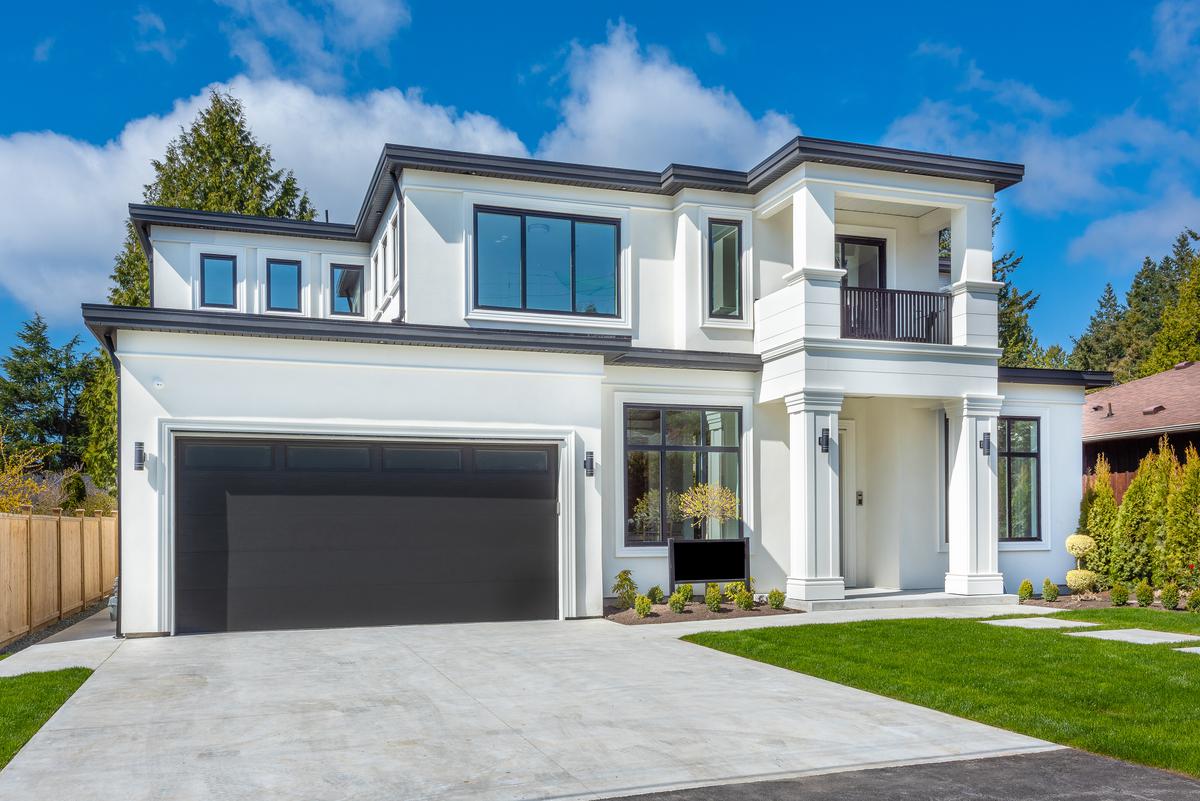

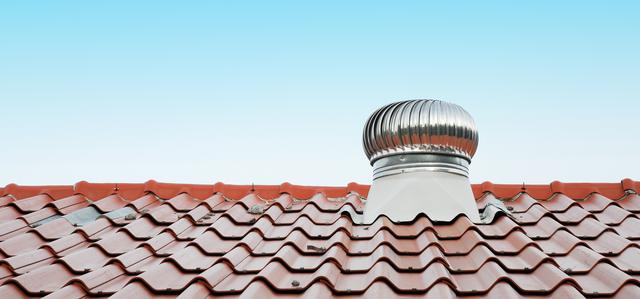
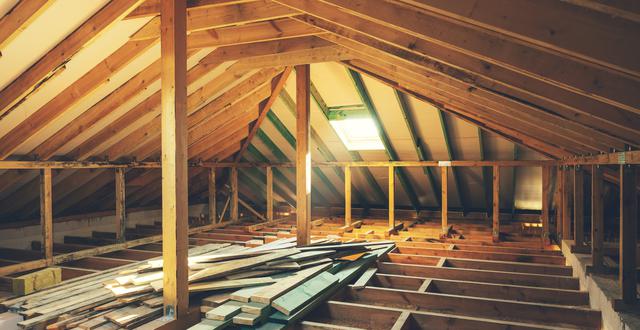
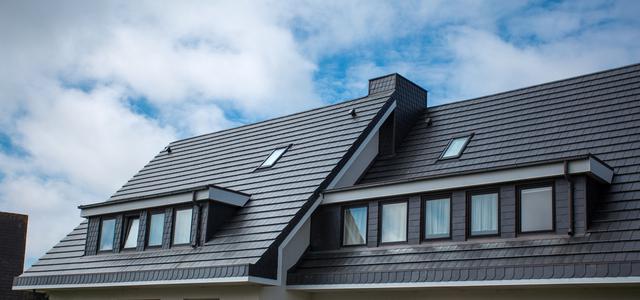
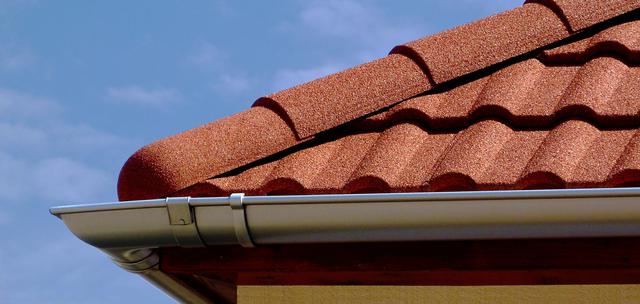
comments